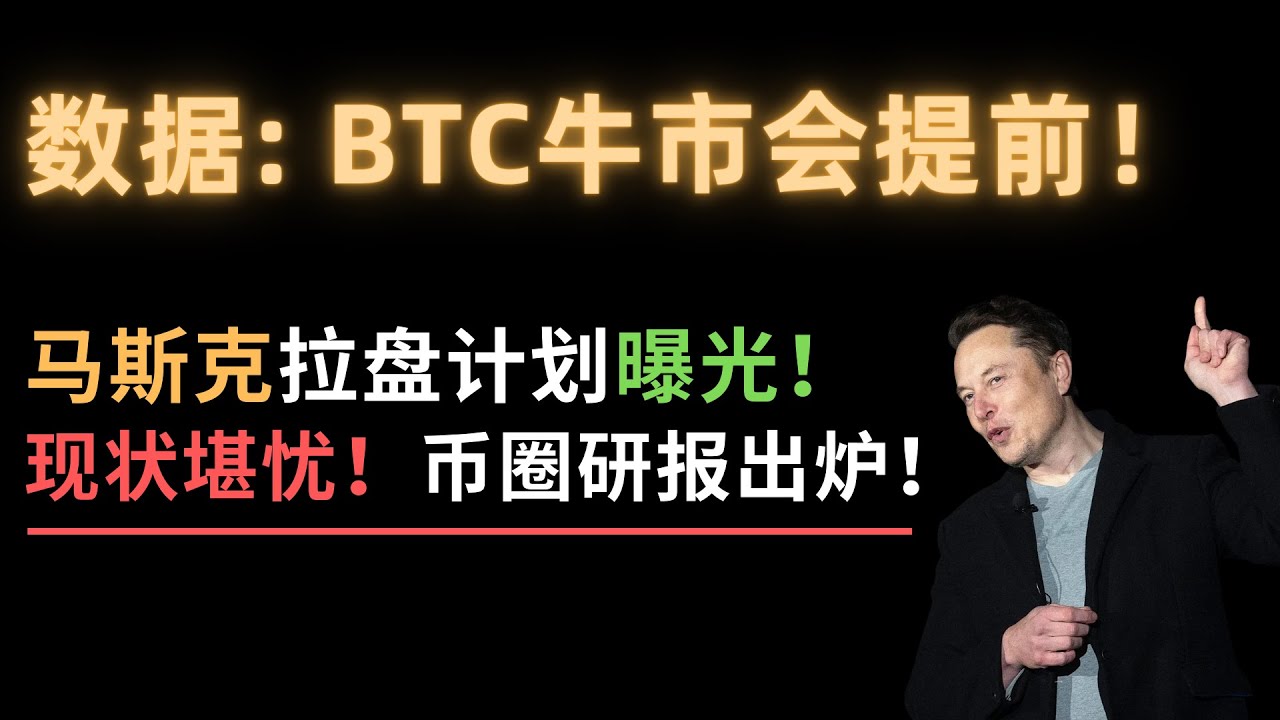The Fed's Cautious Approach: Weighing The Risks Of Delayed Interest Rate Cuts Under Trump

Table of Contents
Political Pressure and Economic Uncertainty
The Trump administration repeatedly urged the Fed to implement aggressive interest rate cuts, viewing lower rates as a crucial tool for boosting economic growth and supporting the stock market. This created considerable political pressure on the central bank, potentially compromising its independence and its mandate for price stability and maximum employment.
- Examples of Trump's Public Statements: President Trump frequently voiced his dissatisfaction with the Fed's interest rate decisions via Twitter and public statements, openly criticizing Chair Jerome Powell and advocating for significantly lower rates. These public pronouncements created an unprecedented level of political pressure on the Fed.
- Conflicts of Interest: The tension between the administration's desire for rapid economic growth, often prioritized above other economic indicators, and the Fed's mandate to maintain price stability and maximum employment created a fundamental conflict of interest. Lowering interest rates solely to boost short-term growth risked fueling inflation and jeopardizing long-term economic health.
- Economic Uncertainty: The Trump administration's trade policies, including the imposition of tariffs on goods from various countries, introduced significant uncertainty into the economic outlook. This uncertainty complicated the Fed's ability to accurately assess the appropriate level of interest rates and the potential impact of monetary policy changes.
Inflationary Risks and the Phillips Curve
Aggressive interest rate cuts, especially during a period of already low unemployment, presented a significant risk of fueling inflation. Understanding the Phillips curve is crucial in this context. The Phillips curve suggests an inverse relationship between unemployment and inflation: lower unemployment tends to lead to higher inflation.
- The Phillips Curve and Fed Decision-Making: The Fed carefully considered the Phillips curve when deciding on interest rate policy. With unemployment already near historic lows, the risk of triggering a wage-price spiral (where rising wages lead to higher prices, further fueling wage increases) was a major concern.
- Overheating the Economy: Rapidly lowering interest rates risked overheating the economy, leading to unsustainable levels of inflation. This could necessitate sharp, potentially disruptive, interest rate hikes in the future to combat inflation.
- Inflation Targets: The Fed operates with explicit inflation targets. Delayed interest rate cuts, while potentially mitigating immediate inflationary risks, could make it more challenging to reach those targets in the longer term, requiring more aggressive action later.
Global Economic Slowdown and its Impact
The US economy is deeply intertwined with the global economy. A global economic slowdown, partially exacerbated by the trade tensions initiated by the Trump administration's policies, created significant challenges for the Fed.
- Interconnected Global Markets: Global trade wars and economic slowdowns in other major economies directly impacted US exports, investment, and overall economic growth. This complexity necessitated a cautious approach to interest rate cuts, acknowledging the interconnectedness of global markets.
- Risks of Cutting Rates in a Weakening Global Economy: Cutting interest rates in a globally weak economy runs the risk of capital outflows as investors seek higher returns elsewhere, potentially weakening the US dollar and increasing the cost of borrowing.
- Impact of Trade Wars: The trade wars significantly contributed to the global economic slowdown, creating headwinds for the US economy and influencing the Fed's monetary policy decisions. These trade conflicts added layers of complexity to already intricate economic forecasts.
Alternative Monetary Policy Tools
The Fed possesses a range of monetary policy tools beyond interest rate cuts. Exploring alternative options would have provided additional levers for economic management.
- Quantitative Easing (QE): QE involves the Fed purchasing long-term government bonds and other securities to increase the money supply. While QE can stimulate the economy, it also carries risks, including the potential for inflation and distortions in financial markets.
- Forward Guidance: Communicating the Fed's intentions and future policy path through forward guidance can influence market expectations and shape economic behavior. Effective forward guidance can minimize uncertainty and increase the effectiveness of monetary policy.
- Other Unconventional Monetary Policies: The Fed could have explored other unconventional policies such as negative interest rates (though not employed in the US during this period), or targeted lending programs to specific sectors of the economy.
The Fed's Cautious Approach: A Retrospective
The Fed's cautious approach to interest rate cuts during the Trump administration reflected a complex balancing act between political pressures, inflationary risks, global economic conditions, and the potential effectiveness of alternative monetary policy tools. Both delayed and overly aggressive interest rate cuts presented potential risks to the US economy. The long-term implications of the Fed's strategy continue to be analyzed and debated by economists. The Fed's decision-making process highlighted the inherent difficulties of navigating monetary policy in an environment characterized by significant political pressure and global economic uncertainty.
Learn more about the intricacies of interest rate policy and deepen your understanding of the Federal Reserve's decision-making process by exploring resources like the Federal Reserve Board's website. Understanding the economic risks associated with monetary policy decisions is crucial for informed participation in economic discussions.

Featured Posts
-
 The Last Of Us Part Ii Trailer Pedro Pascal And Bella Ramseys Characters Confront Difficult Situations
May 07, 2025
The Last Of Us Part Ii Trailer Pedro Pascal And Bella Ramseys Characters Confront Difficult Situations
May 07, 2025 -
 Xrp
May 07, 2025
Xrp
May 07, 2025 -
 All Star Game Format Fails To Impress Despite Steph Currys Championship
May 07, 2025
All Star Game Format Fails To Impress Despite Steph Currys Championship
May 07, 2025 -
 How Flooding Impacts Livestock And Farm Operations
May 07, 2025
How Flooding Impacts Livestock And Farm Operations
May 07, 2025 -
 Duobele Nba Lyderiu Pralaimejimas Ir Jo Priezastys
May 07, 2025
Duobele Nba Lyderiu Pralaimejimas Ir Jo Priezastys
May 07, 2025
